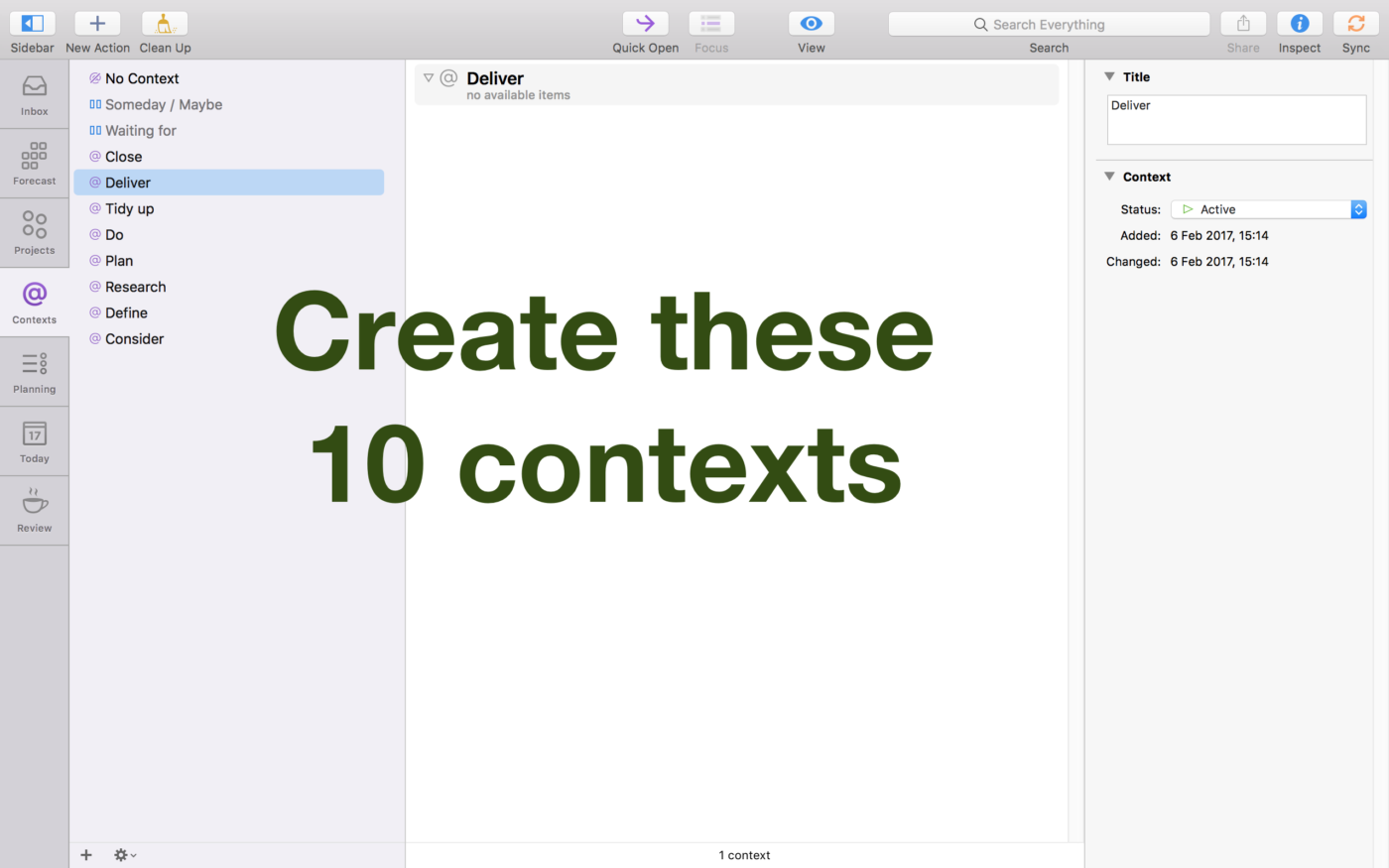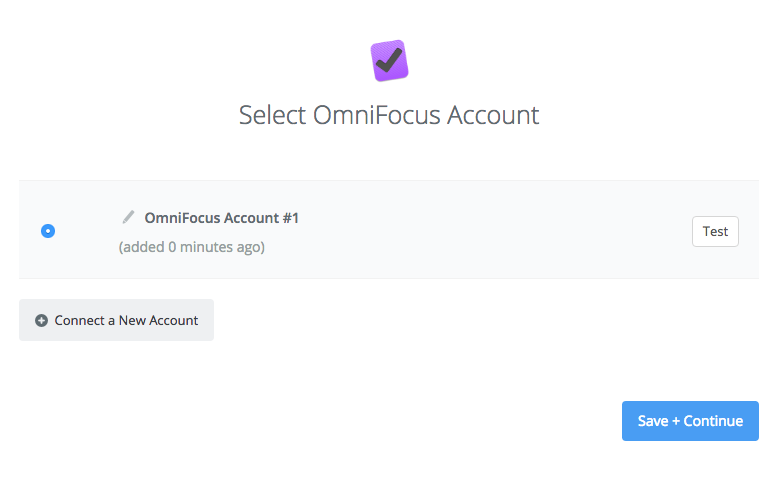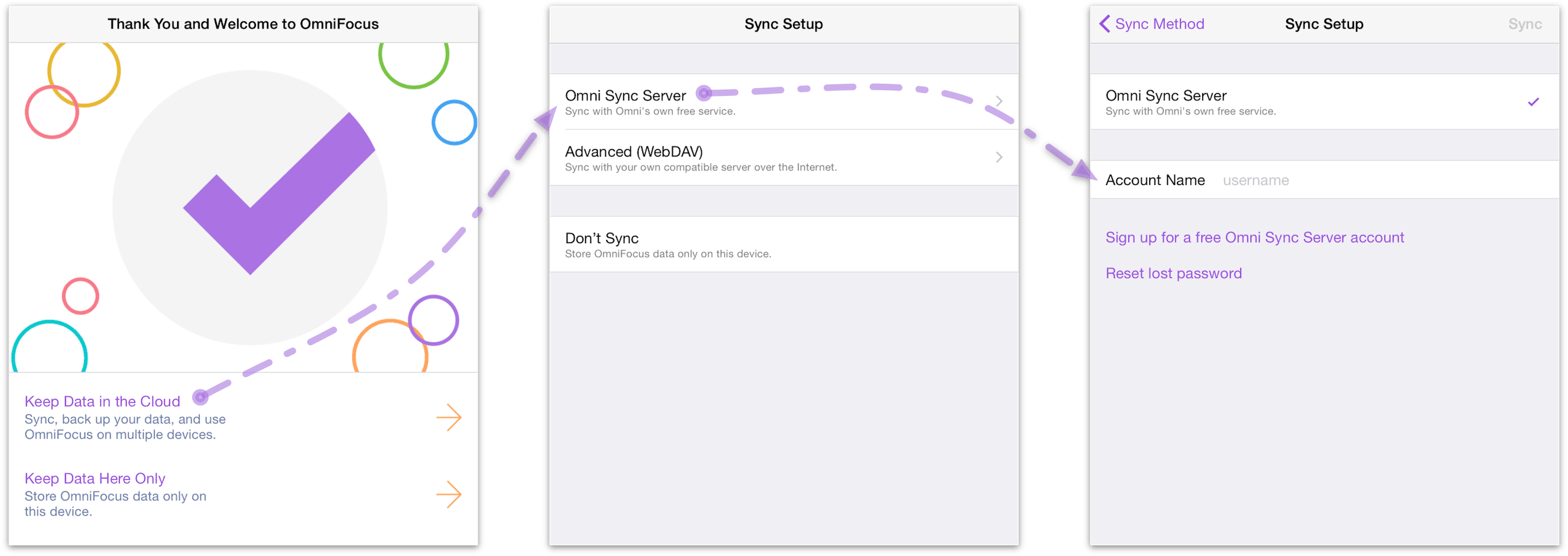- While it may feel good to dump your thoughts into the OmniFocus inbox, you may soon discover that you quickly end up with an unmanageable OmniFocus inbox where critical actions get lost in the noise.
- OmniFocus acts as a second brain, allowing you to capture and organize all of your activities in a powerful and easy-to-maintain system. Get tasks out of your head, quickly, from anywhere Adding a task to your Inbox is as simple as typing a quick keyboard shortcut. Stay organized on all your devices.
BLUF: Stay focused and avoid the distraction of technology throughout the week by using OmniFocus’s Forecast perspective in your weekly review to enter appointments and tasks for your upcoming week into your Full Focus Planner.
Increasingly, the productivity world is rightly arguing that, as great as technology is at solving certain problems and allowing us a greater sense of mobility, it’s equally great at creating new distractions. In essence, we’re trading one set of problems for another. We have to learn to use technology without allowing it to use us. Cal Newport makes an important argument for an appropriate level of technology use in his book Digital Minimalism: Choosing a Focused Life in a Noisy World.
“Digital minimalism definitively does not reject the innovations of the internet age, but instead rejects the way so many people currently engage with these tools.”
While OmniFocus doesn’t offer any direct integration with the Windows platform, and we don’t have any plans to create a client for Windows, many of our Windows customers use our Omni Sync Server’s Mail Drop service to loop their PC into their OmniFocus workflow. A few weeks ago, we released the latest product under the MacStories Pixel brand: MacStories Perspective Icons, a set of 20,000 custom perspective icons for OmniFocus Pro.You can find more details on the product page, read the FAQ, and check out my announcement blog post here.The set is available at $17.99 with a launch promo; Club MacStories members can purchase it at an additional.

Cal Newport, Digital Minimalism: Choosing a Focused Life in a Noisy World
 Cal Newport, Digital Minimalism: Choosing a Focused Life in a Noisy World
Cal Newport, Digital Minimalism: Choosing a Focused Life in a Noisy WorldThe digital and analog worlds can coexist peacefully in what Michael Hyatt refers to as a hybrid system.
Forecast and the Full Focus Planner
My tools of choice for a hybrid system are OmniFocus1 and the Full Focus Planner. Separately, they are some of the most powerful tools available for making sure you get things done. Together, they combine to form a juggernaut for making sure you get the right things done today while maintaining the ability to plan far into the future.
- During your weekly review2, which you probably complete on Sunday afternoon/evening if you’re using the Full Focus Planner, open OmniFocus to the Inbox and process any tasks that are there. Tag them, assign them to the appropriate projects if they belong to one, assign defer dates and, only when absolutely necessary, assign due dates.
- Now, go to the Forecast view. This is where you can see all of your upcoming tasks and the days during the upcoming week that they’re deferred to or due.
- Transfer every task for the upcoming week to the appropriate day in your FFP. If there are tasks you have tagged with the 🗓️ Today tag, they appear on today’s date on your Forecast view. Add those tasks to Monday in your FFP.
- If you grant OmniFocus access to your calendar, you’ll also see your appointments for the upcoming week. Enter those into your FFP, too. This will save you the process of having to go to your calendar separately.
- Here’s the important part of using your FFP: if you don’t get to all of the tasks you have for a particular day, rewrite them on the next day’s task list. Keep rewriting them every day until you either mark them complete or decide that, since you’ve put them off for so long, you don’t actually need to do them because they obviously aren’t worth doing. Then mark them off your task list for good. Rewriting the tasks will be an intentional way you complete mini-reviews3. Eventually, you’ll create enough friction that you’ll be bothered enough either to complete the task or eliminate it altogether.
- Now your tasks are technically living in two different places. Even when you mark the tasks complete in the FFP, they’re still active in OmniFocus. You have several options, but here are two:
- During your workday shutdown ritual or evening ritual, consult your FFP and check off your completed tasks in OmniFocus. Or…
- During your weekly review, consult your FFP and check off your completed tasks in OmniFocus.
There are pros and cons to both methods. You could go really crazy and assign an FFP tag to the tasks after you’ve entered them into your FFP and then create a custom perspective where they’ll live until you mark them complete.
Also, if you know you marked off a recurring task, especially if the task is recurring based on Completion rather than Assigned Dates, you’re going to want to go into OmniFocus and mark that task complete on the day you accomplish it to keep that recurring setup nice and clean.
- As tasks arise throughout the week, determine whether you need to enter them into the FFP, OmniFocus, or both.
- If it’s a relatively simple task you will complete this week, you might skip OmniFocus altogether and just enter it into the FFP on the appropriate day.
- If it’s a future task, one you will complete after your next weekly review, enter it into OmniFocus. You can leave it in the Inbox to process during your next weekly review or you can go ahead and tag it, assign it to the appropriate projects if it belongs to one, assign defer dates and, only when absolutely necessary, assign due dates (you’ve seen this before; trust the system). It will eventually make its way into the FFP.
- If it’s a relatively simple task you will complete this week, but you want to keep a digital archive, then enter it into both OmniFocus and the FFP.
This method works beautifully if you use OmniFocus for longterm project management. If you create a project and enter appropriate defer dates (and, if absolutely necessary, due dates) for all of the tasks that will go into completing the project, the tasks will magically show up in your Forecast perspective exactly when you need them to. The weekly review roles around and voilà, into the FFP they go.

Using Omnifocus With Outlook
- I operate unapologetically in the Apple world, but these methods can be modified for those in the Windows and/or Android worlds. They’ll also work with other task managers such as Todoist, Nozbe, etc. ↩
- Hyatt now refers to it as the weekly preview because not only does it look back at the week you just finished, perhaps more importantly, it looks ahead to your upcoming week. ↩
- In educator language, we might call these “mini-reviews” formative assessments whereas the weekly reviews are summative assessments. ↩
